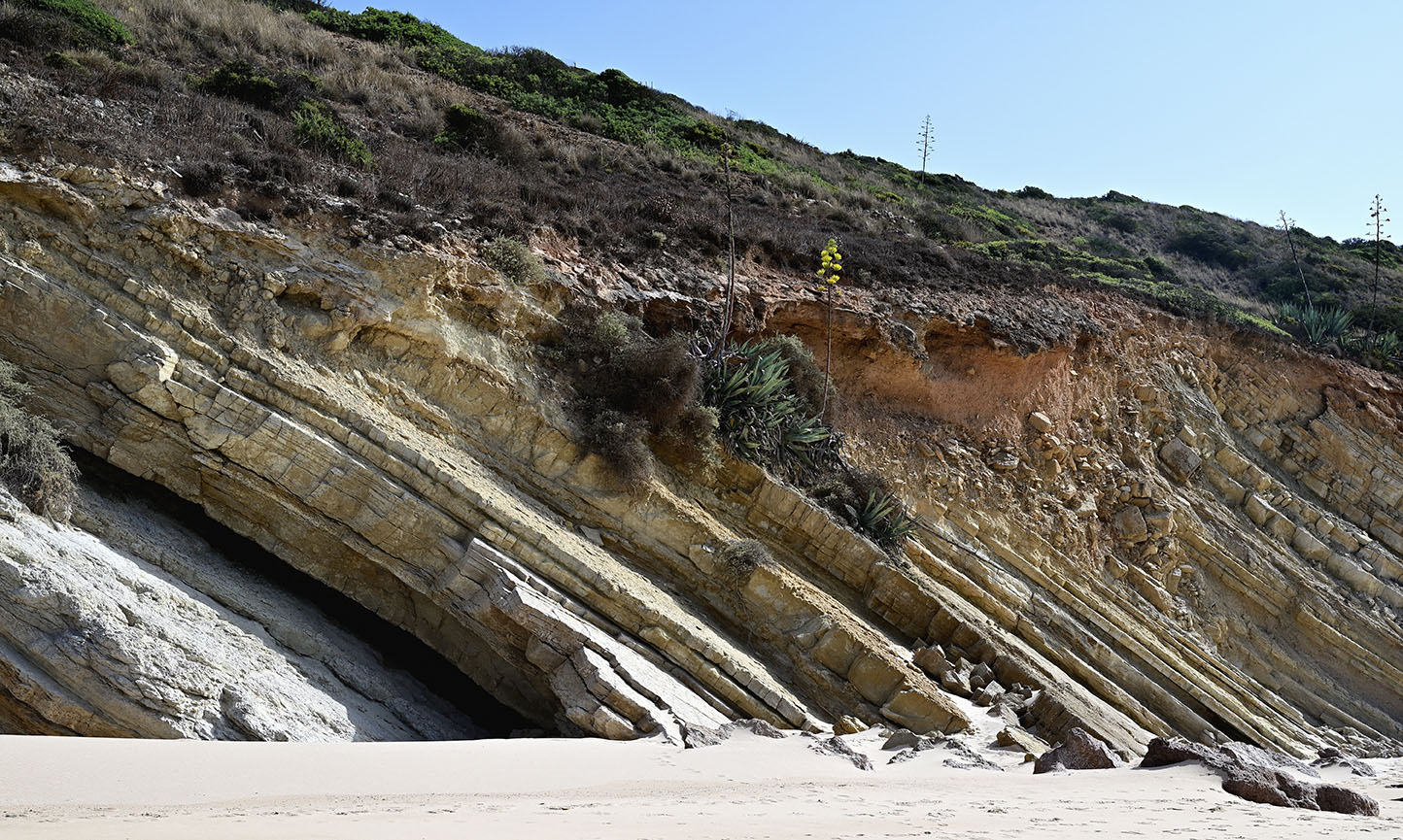
< Back
stratification
Definition
Stratification is the process of arranging things into layers. It can be natural or artificial. Natural stratification occurs in many different places, such as in sedimentary rocks, soil, and even the atmosphere. Artificial stratification occurs when humans arrange things into layers, such as when they stack boxes or files.
There are many different types of stratification. Some common types of stratification include:
- Sedimentary stratification: This is the type of stratification that occurs in sedimentary rocks. Sedimentary rocks are formed when layers of sediment are deposited over time. The sediment can be made up of different materials, such as sand, silt, and clay. Each layer of sediment is called a stratum.
- Soil stratification: This is the type of stratification that occurs in soil. Soil is formed from the weathering of rocks and the accumulation of organic matter. The layers of soil can be different colours, textures, and depths.
- Atmospheric stratification: This is the type of stratification that occurs in the atmosphere. The atmosphere is stratified into layers based on temperature. The air is warmer near the ground and cooler at higher altitudes.
- Social stratification: This is the type of stratification that occurs in human societies. Social stratification is the ranking of individuals or groups based on factors such as wealth, income, education, or occupation.
Stratification can have a number of different effects. In natural systems, stratification can help to regulate the flow of water and nutrients. In human societies, stratification can lead to inequality and social conflict.
How can the word be used?
The social stratification of the society is evident in the way people live.

Different forms of the word
Noun: stratification (plural: stratifications).
Verb: to stratify.
Etymology
The word "stratification" comes from the Latin word "stratum", which means "layer". It was first used in English in the 16th century.
The word "to stratify" means "to arrange in layers".
Question
What is stratification?
AQA Science Exam Question and Answer
Question:
Describe the process of stratification in geological formations. Discuss how stratification provides insights into Earth's history and the principles used to interpret the relative ages of rock layers.
Answer:
Stratification is the arrangement of rock layers, or strata, in a sequence, resulting from sediment deposition over time. This geological process reflects changing environmental conditions and helps unravel Earth's history.
Sediments settle in horizontal layers due to gravity and water movement. Over time, new layers accumulate above older ones, creating a chronological record of past events. Different rock types and fossils found within these layers provide clues about past environments, climate shifts, and life forms that existed during specific periods.
Principles like superposition, original horizontality, and cross-cutting relationships guide the interpretation of relative ages in stratified rock. The law of superposition states that younger layers are on top of older layers, and the principle of original horizontality indicates that sediments are initially deposited horizontally. Cross-cutting relationships help determine the sequence of events, as features like faults or intrusions are younger than the rocks they affect.
By analysing stratification, geologists piece together Earth's history, uncovering the processes that have shaped the planet over millions of years. Stratigraphy provides a window into the past, enabling us to comprehend the dynamic forces that have sculpted landscapes, influenced ecosystems, and influenced the evolution of our world.